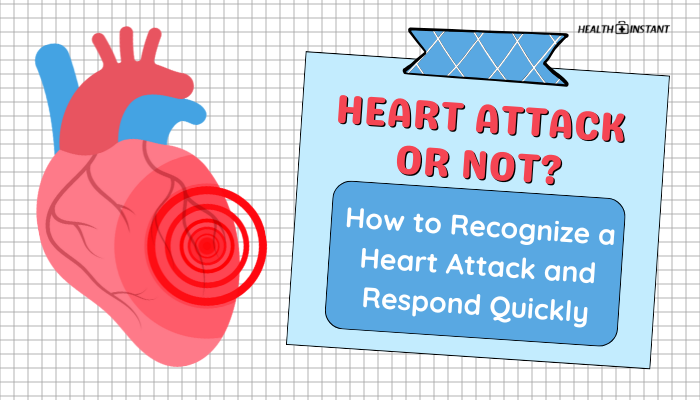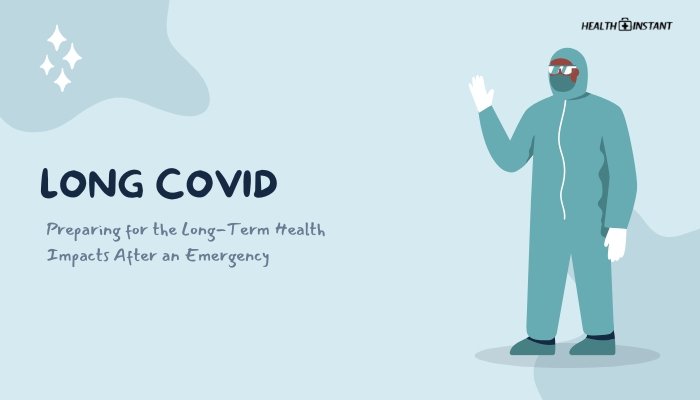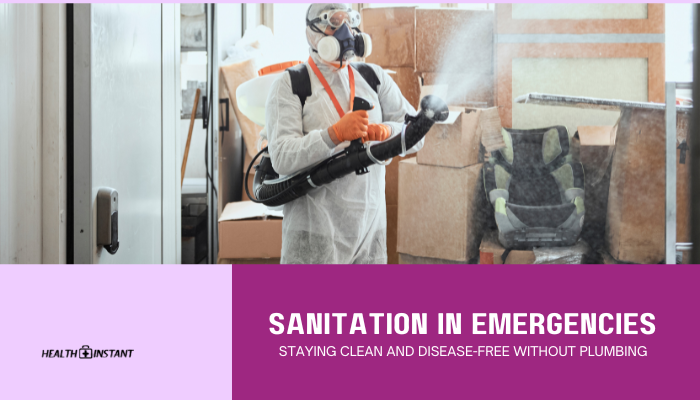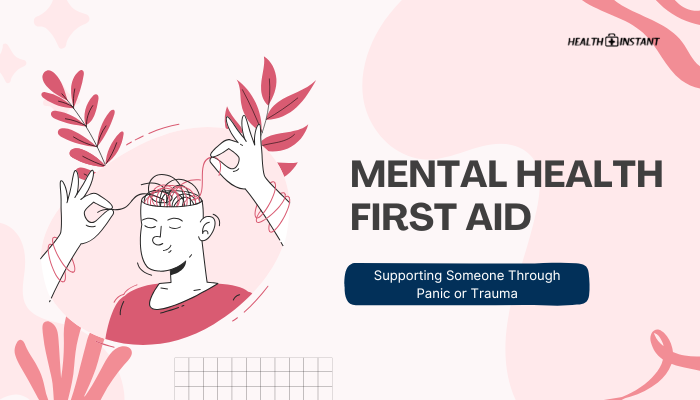Introduction
Chest discomfort can be alarming. But is it a heart attack or a different type of pain, such as indigestion or a panic attack? Recognizing early heart attack symptoms and understanding how to respond quickly can save a life—possibly yours or someone else’s.
This article details typical and atypical signs, explains how to differentiate heart attack symptoms from other causes, and outlines immediate steps to take, from calling emergency services to basic first aid.
Understanding a Heart Attack
A heart attack—known medically as a myocardial infarction—happens when blood flow to part of the heart muscle is blocked. This blockage often stems from plaque buildup in coronary arteries. Without blood flow, the affected heart muscle begins to die. Quick medical intervention (e.g., dissolving clots, inserting stents) can restore circulation and minimize permanent damage.
Key facts:
- Time is critical. The faster treatment starts, the better the recovery chances.
- Even mild chest pain that turns out not to be a heart attack warrants caution, because early detection is essential.
Common Heart Attack Symptoms
- Chest Discomfort
- Pressure, tightness, or squeezing in the center or left side of the chest.
- May last more than a few minutes or go away and return.
- Pressure, tightness, or squeezing in the center or left side of the chest.
- Radiating Pain
- Discomfort spreading to one or both arms, back, neck, jaw, or stomach.
- Discomfort spreading to one or both arms, back, neck, jaw, or stomach.
- Shortness of Breath
- Difficulty catching breath or feeling winded, with or without chest pain.
- Difficulty catching breath or feeling winded, with or without chest pain.
- Cold Sweat, Nausea, or Lightheadedness
- Feeling clammy or suddenly dizzy can accompany chest pain.
- Feeling clammy or suddenly dizzy can accompany chest pain.
- Fatigue
- Unusual fatigue or weakness, sometimes days in advance, especially in women.
Atypical Symptoms and Silent Attacks
- Women often present less typical signs, like fatigue, jaw pain, or indigestion.
- Diabetics may have reduced pain sensitivity, leading to silent or minimal-symptom heart attacks.
- Elderly can have subtle or confusing presentations, e.g., mild breathlessness or unexplained weakness.
Never dismiss mild or vague signs—these can still indicate a serious heart event.
Heart Attack vs. Other Chest Pain
Not all chest pain signals a heart attack. Possible alternative causes:
- Gastroesophageal Reflux Disease (GERD): A burning sensation in the upper abdomen or chest, often related to meals.
- Musculoskeletal Pain: Sharp, localized chest pain from strained muscles, worsens with specific movements.
- Panic Attacks: May mimic heart attack with rapid heartbeat, sweating, or chest tightness, but symptoms often subside with calming measures.
However, if there’s any doubt, treat it as a potential heart attack. It’s better to err on the side of caution and seek immediate evaluation.
Immediate Steps if You Suspect a Heart Attack
- Stop Activity and Rest
- Sit down, remain calm, and loosen tight clothing.
- Sit down, remain calm, and loosen tight clothing.
- Chew Aspirin (If No Allergy)
- A single adult-strength (325 mg) or four low-dose aspirins (81 mg each) can help reduce clot formation.
- A single adult-strength (325 mg) or four low-dose aspirins (81 mg each) can help reduce clot formation.
- Take Nitroglycerin (If Prescribed)
- Follow doctor’s advice if you have an existing heart condition.
- Follow doctor’s advice if you have an existing heart condition.
- Monitor Symptoms
- Check for changes in breathing or consciousness while awaiting medical help.
- Check for changes in breathing or consciousness while awaiting medical help.
Calling Emergency Services
- Dial Local Emergency Number (like 911 in the U.S.)
- Provide clear information: location, symptoms, medication history if known.
- Do not attempt to drive yourself unless no alternative is available. If you must, be aware of the danger—driving under duress can be risky.
Preventing Heart Attacks
Maintaining a healthy lifestyle is key:
- Regular Exercise: Aim for at least 150 minutes of moderate aerobic activity weekly.
- Balanced Diet: Emphasize fruits, vegetables, whole grains, and lean proteins.
- Manage Conditions: Control blood pressure, cholesterol, and diabetes.
- Quit Smoking: Smoking damages blood vessels and accelerates plaque buildup.
- Limit Alcohol: Excessive intake can raise blood pressure and worsen other risk factors.
Recovery and Ongoing Care
If someone survives a heart attack:
- Cardiac Rehabilitation: A structured program of exercise, nutrition, and stress management.
- Medication Adherence: Prescribed drugs (statins, ACE inhibitors, beta-blockers) help prevent future events.
- Lifestyle Changes: Continued commitment to healthy habits reduces risk of a second heart attack.
Conclusion
Recognizing the difference between potential heart attack pain and other conditions saves precious time. By knowing the classical (and atypical) symptoms and learning immediate response steps—like calling emergency services, taking aspirin, or encouraging rest—you provide critical support.
Finally, focusing on prevention and healthy living can drastically reduce heart attack risk. Stay informed, prepared, and supportive of those who might need urgent aid.
References
- American Heart Association. (2021). Heart attack warning signs.
- Centers for Disease Control and Prevention (CDC). (2022). Heart disease information and prevention.
- Mayo Clinic. (2020). Signs of a heart attack vs. other chest pain causes.
- World Health Organization (WHO). (2019). Cardiovascular disease prevention guidelines.
Disclaimer: This article provides general information and does not replace professional medical advice. If you suspect a heart attack, call emergency services immediately.





